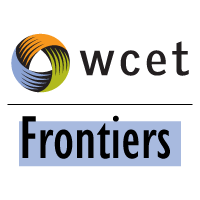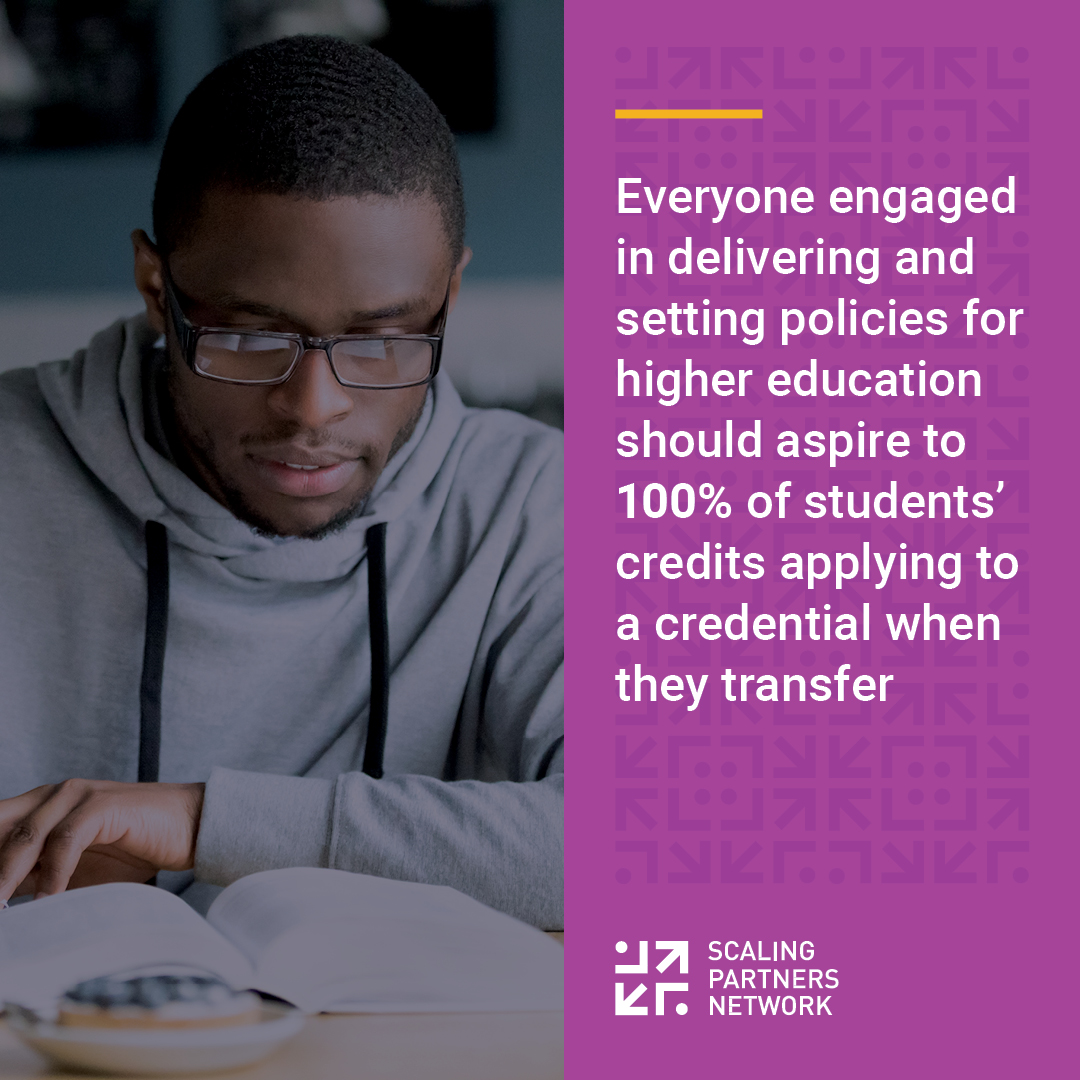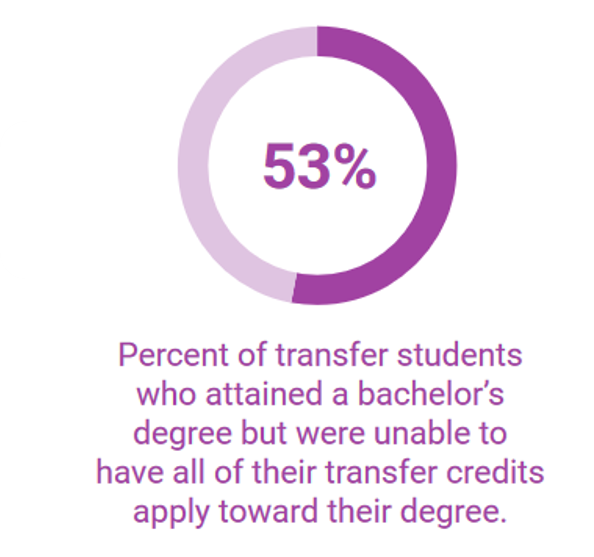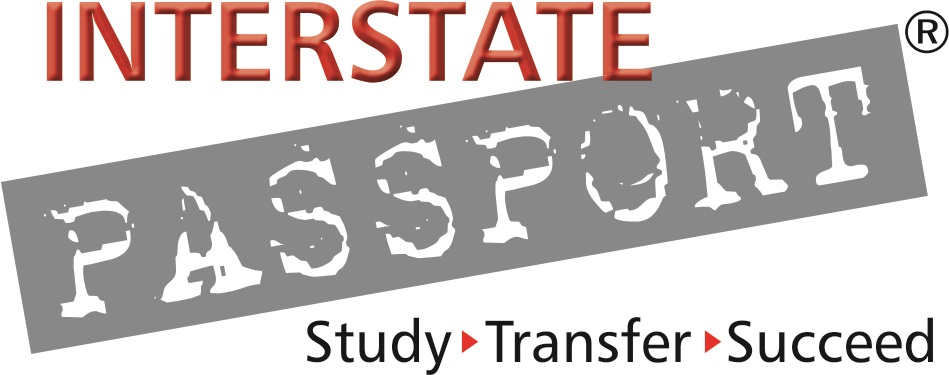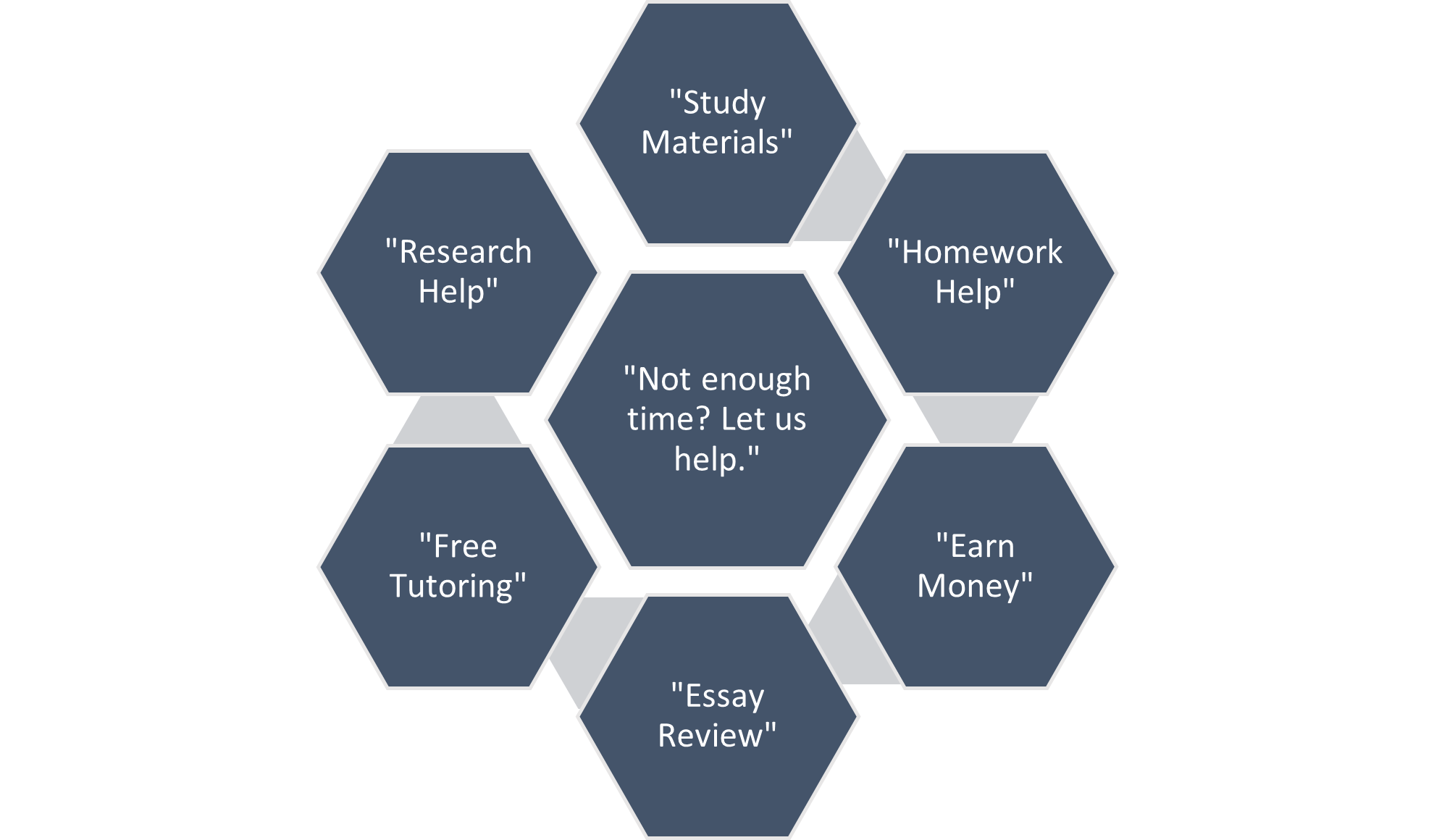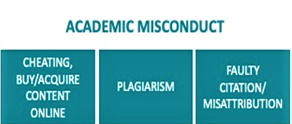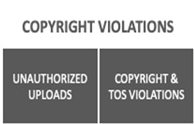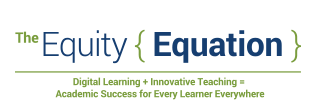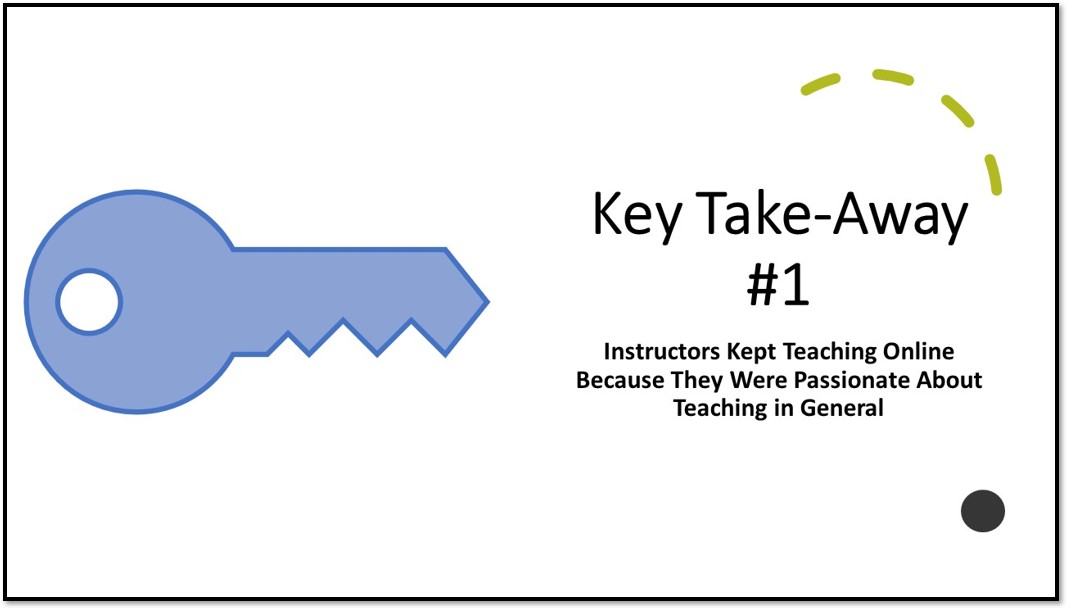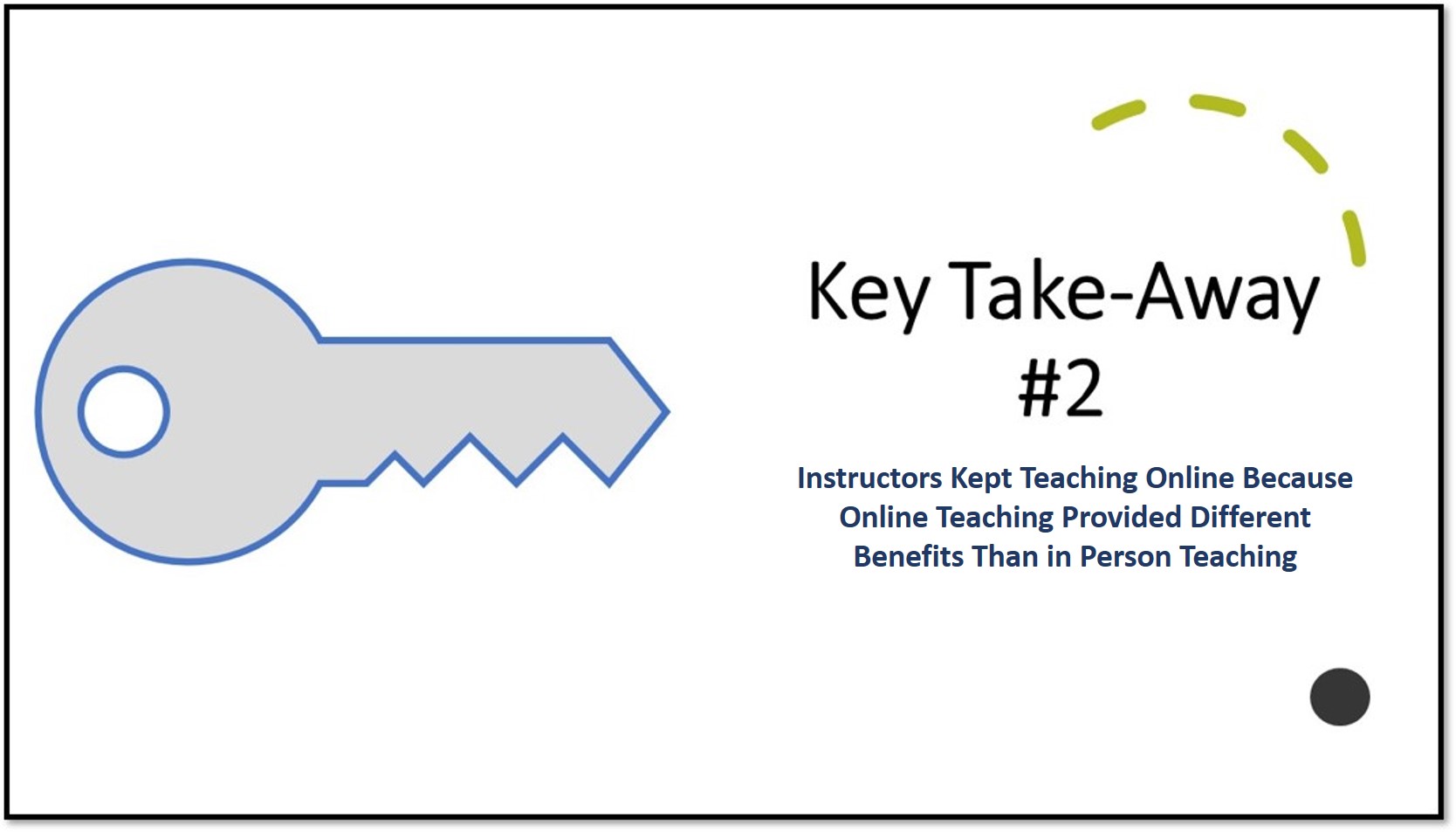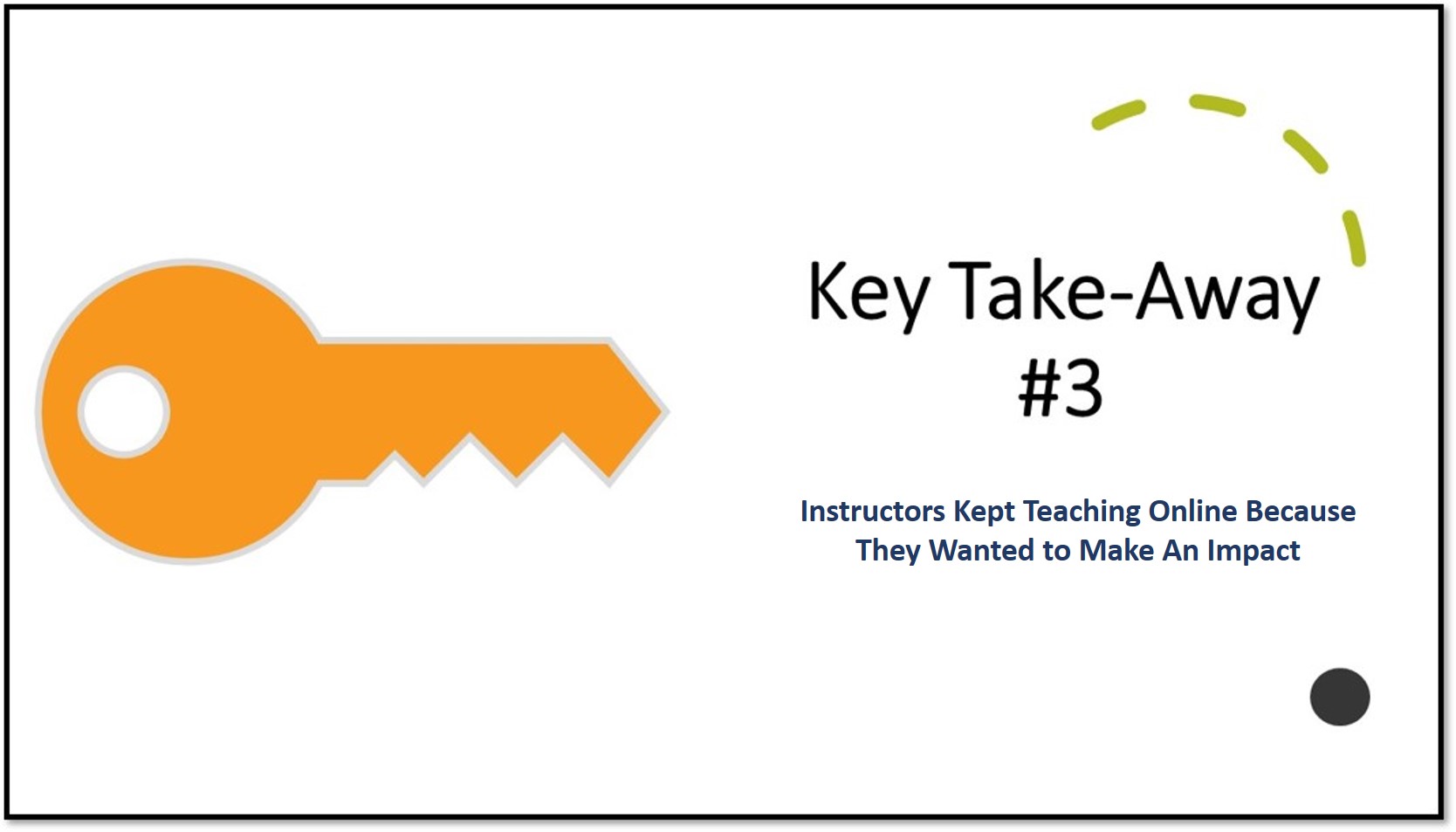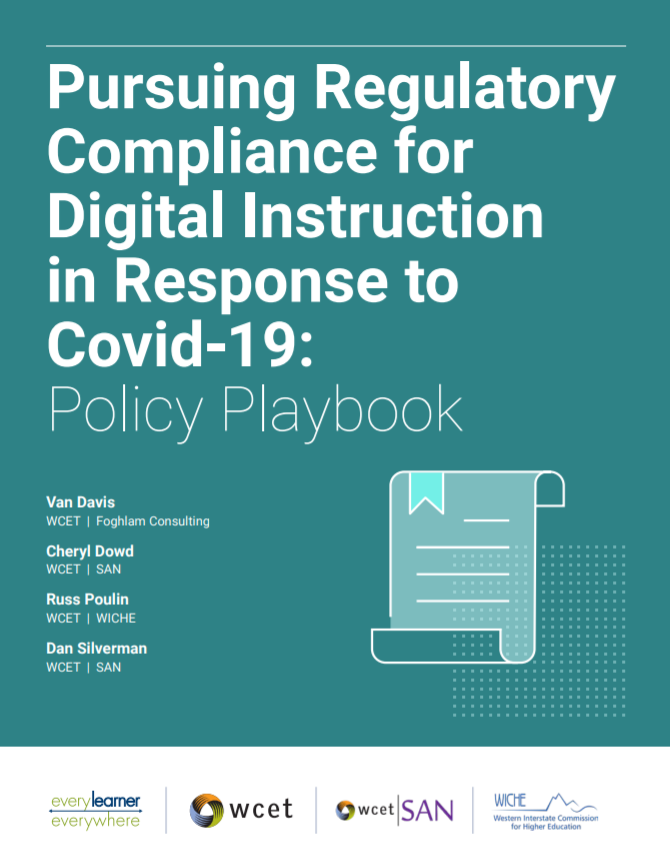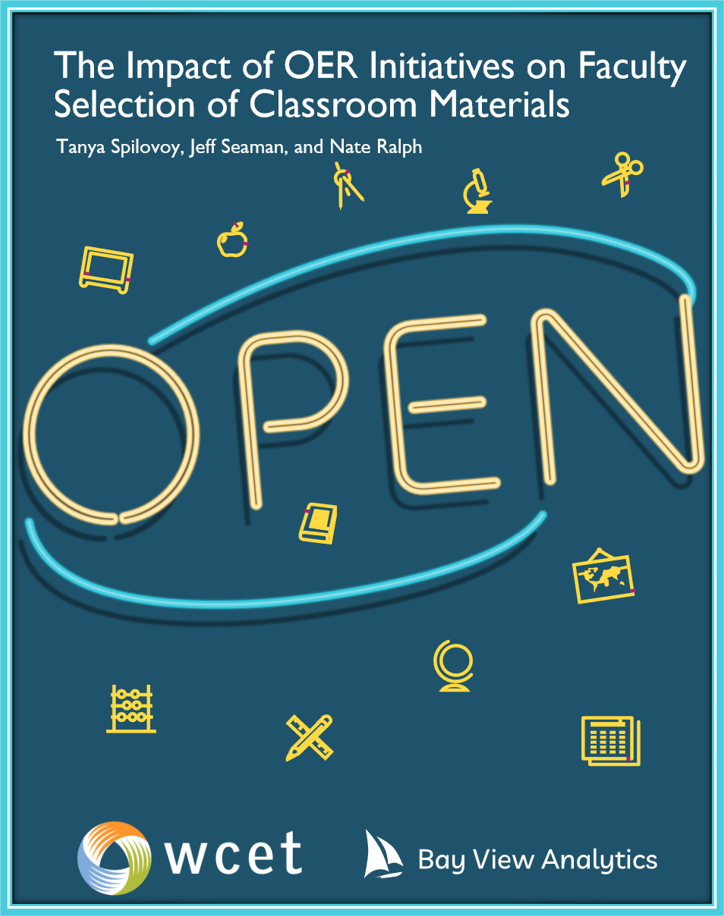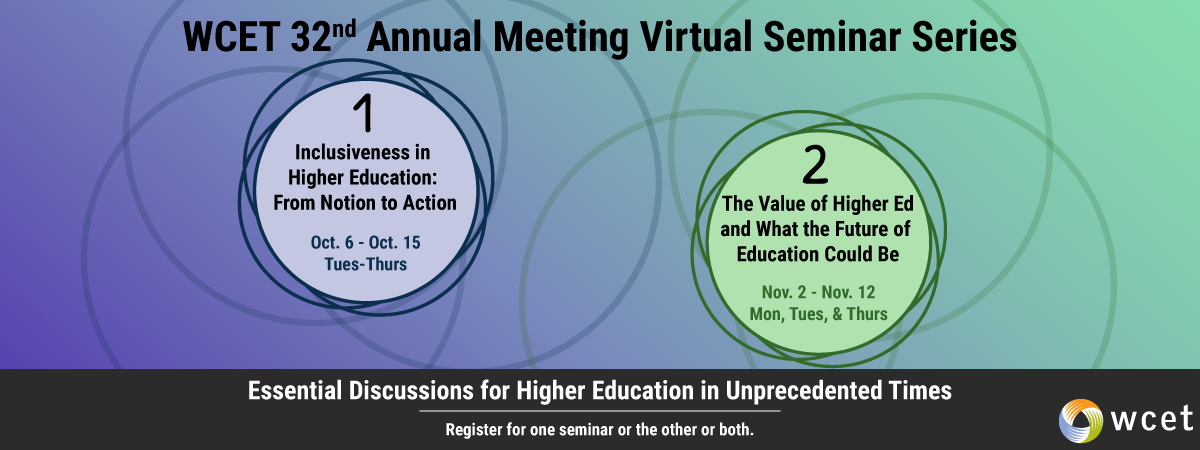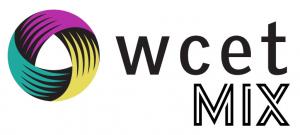This week the Scaling Partners Network, on which I represent WCET, issued a “call to action” regarding transfer in higher education. It’s a bold request to educators and policy makers to rethink articulation among institutions. In this post, I outline their call and welcome Anna Galas who highlights a fantastic WICHE initiative that is addressing this issue nationally…the Interstate Passport Network.
My Personal Transfer Story
As an undergraduate, I unwittingly tested the transfer policies of three Colorado institutions before earning my undergraduate degree. As was common back in those days, a course in computer programming was required at my first institution. My second institution accepted the course, but forced me to take their version of it. They used a different programming language, even though the concepts were very much the same. I took the course. From my point of view, the transfer process and the applicability of those credits failed me.
Upon entering graduate school, I was required to take essentially the same introductory course in the same language as at my second university. There was no allowance for me already knowing the content. From my point of view, the lack of recognition of prior knowledge failed me.
In the end, I never used either computer programming language in my academic career outside of those introductory courses, which made me wonder about the insistence on the requirement. As a somewhat privileged student, it was a mere speed bump. For others, these experiences could have been a set-back.
The Scaling Partners Network
A few years ago, a major foundation (check the website for which one) convened high-level representatives from several organizations to advise them on higher education innovation issues.
The organizations work together under the principle that greater connection and coordinated action will enable the higher education field to scale innovations faster, more efficiently, and with deeper impact.
This year the Network has decided to take more of an active stance, especially in vocalizing positions regarding diversity, inclusion, and equity for colleges and universities.
WCET has been a member since the inception of the Network.
The Call to Action on Higher Education Transfer and Applicability of Credit
The “Call to Action” begins by citing several well-known shortcomings of the current system at many institutions, including:
- About half of students attend more than one institution before obtaining a bachelor’s degree.
- Fifty-three percent of transfer students who attained a bachelor’s degree were unable to have all of their transfer credits apply toward their degree.
- Graduation rates for Black, Indigenous, LatinX, and low-income students is lower, and transfer is yet another barrier they face.
Beyond those classic reasons, the Call makes a compelling case that the current climate could exacerbate these barriers and inequities. The pandemic is causing students to make different choices, there are already concerns about the price of a degree, and the coming spate of college closures, mergers, and budget cuts will have a big impact on students and colleges.
Given that climate the following three conclusions are presented:
“Therefore, everyone engaged in delivering and setting policies for higher education should aspire to 100% of students’ credits applying to a credential when they transfer. For that to happen, everyone engaged in higher education must collaborate to make meaningful progress on students’ ability to transfer credits applied to the students’ programs of study.”
Personally, I’m not sure we can reach 100%, but the word used is “aspire.” Let’s set our goals high and see what we can get.
“Therefore, now is the time to take action on applicability of credits into degree programs for all types of learning documentation that students bring to the receiving institution. Approaching the process with integrity, flexibility and understanding of what is in students’ best interest is paramount.”
It’s time for a student-centered focus. We can still maintain the integrity of a degree or certificate, but we need to figure out how we can better serve students.
“To ensure we are ready for the coming wave of student mobility, policymakers and higher education leaders must be laser focused on dismantling barriers to the applicability of all credits and verified learning”
“Therefore, Scaling Partners Network members have identified essential transfer actions informed by research and exemplary credit applicability practices.”
I encourage you to read the proposed actions for policy and higher education leaders to pursue. It is not expected that states, systems, or institutions will pursue them all, but we felt it was helpful to provide a list of options from which you could choose.
WICHE’s Interstate Passport Network
This focus on transfer also made me want to highlight a successful national initiative that is taking place down the hall at WICHE…that is, if we were still actually in the building. I’ve invited Anna Galas to tell us about Interstate Passport. She heads that Network and would love to hear from you if you would like to consider joining. Like WCET, it is not confined to the West.
Thank you for the opportunity to address the WCET audience.
There is an existing, proven, faculty-driven and student-centered way to streamline transfer for students nationwide. The Interstate Passport Network, based at the Western Interstate Commission for Higher Education, is growing nationwide to enable block transfer of lower-division general education based on a set of learning outcomes rather than specific courses and credits. It focuses on students achieving outcomes regardless of the courses in which they learned them. Isn’t what students know and can do what we really care about?
When students achieve these learning outcomes, they earn a Passport at their institution. If they transfer to another Network member institution, their lower-division general education requirements will be met, and they can advance in their studies.
Already 59 accredited public and private non-profit institutions in 17 states have put Interstate Passport in place or are in the process of doing so. Their faculties have mapped the system’s or institution’s learning outcomes to the 63 Passport Learning Outcomes and determined that they are congruent with and cover the same range of learning. They have identified a Passport Block—a menu of courses (often the same as their lower division Gen Ed program or with minor changes) by which a student can achieve the learning outcomes.
Typically, students earn a Passport with 30-38 semester hours (45-54 quarter credits); they must achieve a minimum grade of “C” or its equivalent in every course counted toward a Passport. So far, 38,800 students have earned a Passport.
As a built-in quality assurance mechanism, Network member institutions agree to report privacy-protected student academic progress data to the National Student Clearinghouse at the end of each term so that Passport earners can be tracked at least two terms post-transfer. Early data is very encouraging. Passport earners have higher GPAs and take a heavier credit load than students transferring without a Passport. The GPA Passport advantage for low-income and Latino transfer students is even greater than for white and Asian transfer students. We are hopeful that we’ll see this same trend in other segments of the population as more schools come aboard and more data is collected.
We’ve learned from the coronavirus crisis that there are advantages of states and organizations working together. Interstate Passport provides states, systems, and institutions with a way to collaborate on a solution for transfer, while also incentivizing students to reach this milestone of general education completion, whether they transfer or not. It also can provide a common foundational credential to use in the workforce if students have to stop out in these challenging times.
Becoming a member of the Interstate Passport Network is a win-win for states and institutions and their students. Let’s build this interstate highway together for our collective pool of students.
They are hurting…
they need us.
We can do this together!
Thank you, Anna for sharing.
And I hope we see more action on improving transfer and the applicability of credits.
Russ
